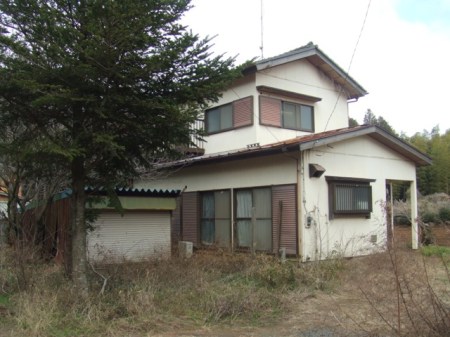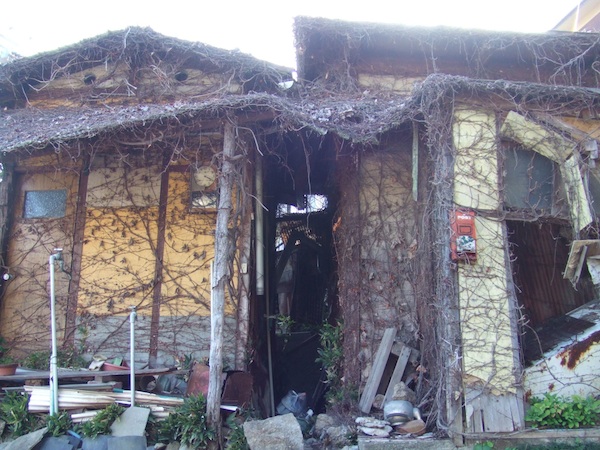Counter intuitive

Last week the Ministry of Internal Affairs and Communications (MIC) finally released its latest survey of the Japanese housing situation. We say “finally” because the survey is conducted every five years and the last one came out in 2018, so we’d been waiting for it since last fall. The big news is that the number of vacant houses, or akiya, has grown to more than 9 million, or 13 percent of all homes in Japan, a statistic that’s earned headlines all over the world, though the last time the survey was published the number was already way over 8 million, so it’s not as if it’s a surprise. Still, given the global housing situation vis-a-vis inflation and other economic pressures, it’s a mighty powerful indicator of something that few people have explained satisfactorily. We think we know the reason, and we’ve discussed it for years on this blog, but that’s not our concern today. What we want to talk about is the real mystery surrounding the survey, which is how it’s conducted.
For the most part, nobody questions the MIC’s methodology, but given the sheer scale of the akiya situation, one would naturally wonder how the field staff who carry out the survey could possibly count every single vacant home. And, of course, they can’t, so they use the common statistical technique known as extrapolation, which means inferring the unknown based on the known. Specifically, it means taking a scientifically derived sample of a population and then using those results to draw a conclusion about the larger picture. So the real question is: How do they choose a sample?
In 2016, the real estate investment website, Rakumachi, published an article about how the akiya survey was conducted based on questions it had submitted to the MIC. The first point was how the ministry defined a vacant home, and, as it turns out, it has five categories, which are:
1. “Second homes,” meaning vacation properties that are used only on weekends and/or holidays; no year-round occupancy.
2. “Other” second homes, such as residences that are used only for work purposes and occasional overnight stays.
3. Vacant properties that are for rent, regardless of age.
4. Vacant properties that are listed for sale, new or used.
5. “All others,” including homes owned by people who are not occupying them at the time due to work transfers or extended hospital stays, homes that are being “prepared for demolition or rebuilding,” and homes that are vacant but to which none of the above criteria apply.
We assume that “abandoned homes” (hochi akiya) are included in category 5, and in the latest survey they total 4 million, which is quite substantial. Nevertheless, it also means that most of the residences described in the survey are still in use to some extent, so the term “vacant” needs to be qualified.
When Rakumachi asks how the akiya statistic is estimated, the MIC gives a fairly detailed answer. A vacant home is defined as a residence that is not occupied “on a daily basis,” and an evaluation is reached without necessarily interacting with the owners of the residences in question. The field surveyors “make an effort” to talk to the owner/titleholder of a property several times. But mainly they inspect the exterior of the property and question neighbors or, if the property is collective housing, like an apartment building or a condominium, they try to talk to the manager. They collect all this information for a sample of a given area and, using other information specific to the locality, extrapolate. The MIC stresses that collective housing is more difficult for different reasons, the most obvious one being that field surveyors usually cannot enter the building to interact with residents.
So already there is guesswork involved in compiling the information that will form the basis for the akiya statistic. In January 2021, Nikkei Business ran a story that questioned this methodology with the headline, “Is the 10 percent vacancy rate in Tokyo true?” Nikkei ran off the most recent vacancy statistics: 8.49 million akiya out of a total of 62.4 million residential units in Japan; more than 800,000 vacant properties in Tokyo out of a housing stock of 7.67 million. The reporter, Takeshi So, wondered about these statistics because he rarely sees what he would describe as an akiya, be it a single-family house or an apartment, in Tokyo. (For what it’s worth, we’ve seen quite a few, but we are sensitive to that sort of thing.) And when So looked carefully at the MIC’s methodology he was struck by one thing, namely the discrepancies between the MIC’s numbers and those reported by local governments.
Read More


